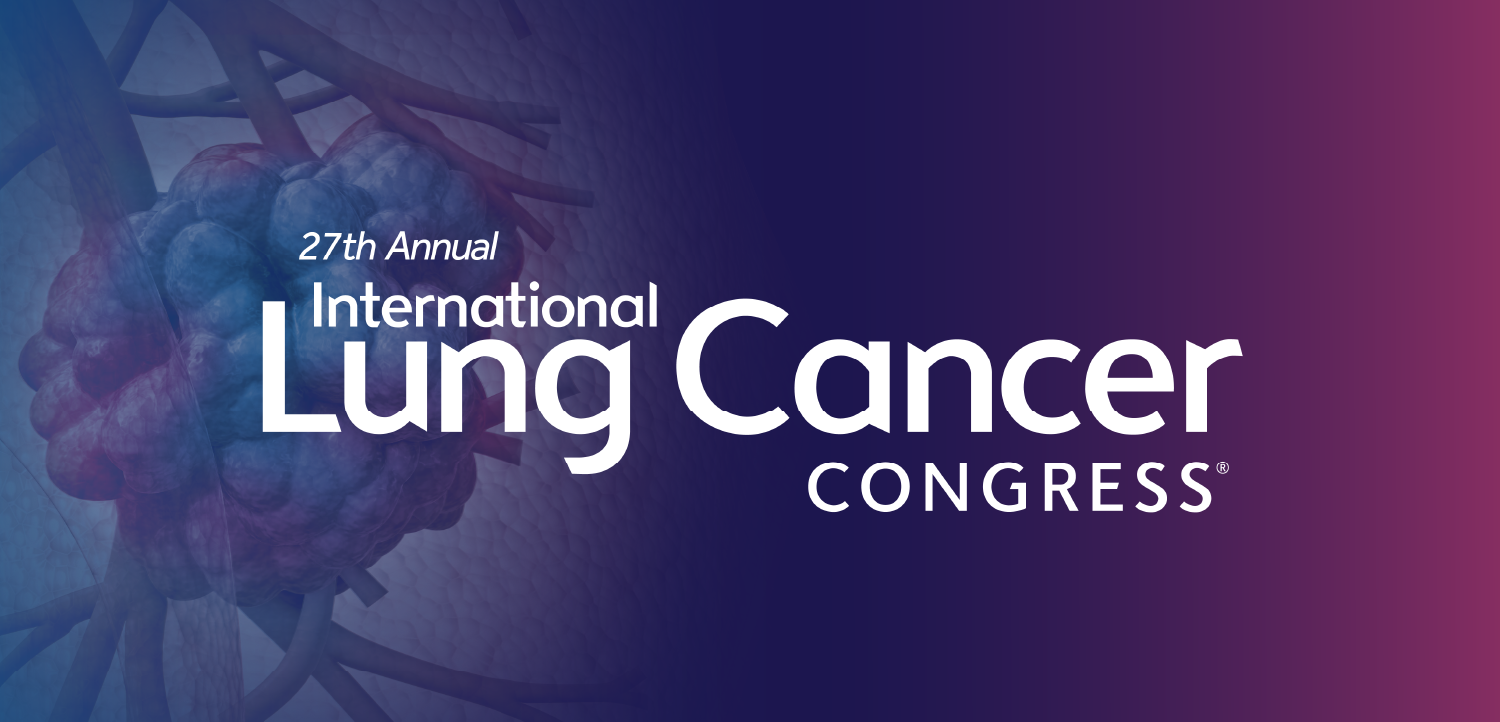
Jakafi Shows Some Promise for Preventing Chronic GVHD
Results published in Blood suggest that Jakafi (ruxolitinib) might be used on a preventive basis. A trial comparing Jakafi to posttransplant cyclophosphamide is underway.
The FDA and the European Medicines Agency have approved
“We believe these results strongly support further investigation of the use of ruxolitinib for GVHD prophylaxis,”they wrote in a Blood
GVHD is a complication of allogeneic (from another person) hematopoietic cell transplant that can reduce quality of life and may result in serious illness and even death. It occurs when the graft (the donor’s stem cells) attacks the host (healthy cells of the patient on the receiving end of the stem cell transplant). Acute GVHD is GVHD that develops within the first 100 days after transplantation — sometimes the definition is broadened to include time beyond the first 100 days — and typically affects the skin, liver and gastrointestinal tract. Between 30%to 70% of transplant recipients develop acute GVHD, according to the Leukemia & Lymphoma Society. Chronic GVHD typically develops at least 100 days after the day of stem transplant and can affect just one or many organs. Approximately 40% to 50% of patients who receive an allogeneic stem cell transplant experience chronic GVHD, according to the Leukemia & Lymphoma Society. The symptoms can be quite mild but also severe, even life-threatening.
DeFilipp and his colleagues conducted their study at seven sites in the U.S. The study participants were older adults, ages 60 to 80, with acute myeloid leukemia in first remission or myelodysplastic syndrome. They were recruited before their hematopoietic cell transplant. All the participants were treated with tacrolimus and methotrexate in the days after the transplant, a standard approach to reduce the chances of GVHD developing. To be enrolled in the study, they couldn’t have progressive acute GVHD, defined as GVHD that needed higher doses of corticosteroids or treatment with immunosuppressive agents beyond corticosteroids. The researchers started with 78 possible participants but ended up with a group of 63 that started the preventive treatments with Jakafi. The study participants started taking Jakafi between 30 and 100 days after their stem cell transplant; the average start time was 45 days after the transplant. They took 10 milligrams of Jakafi, an oral drug, twice a day, in 28-day cycles for up to 24 cycles.
The primary end point was GVHD-free, relapse-free survival one year after the stem cell transplant, with GVHD-free, relapse-free survival defined as the absence of grade 3 or 4 acute GVHD, chronic GVHD requiring systemic therapy, relapse of the leukemia or death. DeFilipp and his colleagues said the goal was to improve the GVHD-free, relapse-free survival to 45% from the historical rate of 29% seen with just tacrolimus and methotrexate.
The results in Blood they reported showed that the GVHD-free, relapse-free survival at one year was 70%, so considerably better than their goal. The six-month cumulative incidence of grade 2 to 4 acute GVHD was 14%, and the six-month cumulative incidence of grade 3 to 4 acute GVHD as 4.8%. Four cases of grade 2 to 4 GVHD occurred before the patient started taking Jakafi.
At the two-year mark, the incidence of chronic GVHD was 40%, a proportion that might seem high, but DeFilipp and his colleagues noted that most cases were mild. The incidence of “clinically significant,” moderate-severe chronic GVHD over two years was 16%, they reported, and incidence of moderate-to-severe GVHD that required systemic therapy was 13%. Those incidences are lower than those seen with patients treated with just tacrolimus and methotrexate, they noted, and comparable to those seen with posttransplant cyclophosphamide. The two-year cumulative incidence of disease relapse was 27% and the mortality rate was 4.8% but only one of the deaths was attributed to GVHD.
Severe (grade 3 or higher ) cytopenias were fairly common: 18 of the study participants experienced neutropenia; 17, thrombocytopenia; and 14, anemia, although the cytopenias weren’t necessarily related to Jakafi. Just over a third (35%) of the study participants required a dose reduction of Jakafi, although only six stopped taking the drug because of a cytopenia.
“In our experience, ruxolitinib [Jakafi] administration was feasible and associated with low rates of toxicities and severe infections, despite the prolonged course over the first two years after HCT [hematopoietic cell transplant],” DeFilipp and his colleagues wrote
In their view, posttransplant cyclophosphamide has some disadvantages that Jakafi may not, such as early toxicity, negative effects on the donor cells and a slower recovery of the immune system. DeFilipp and his colleagues supply one important caveat: Posttransplant cyclophosphamide has been shown to lower the chances of both acute and chronic GVHD, whereas their study was designed to address chronic GVHD.
Perhaps a caveat to the caveat is the results of a different phase 2 trial that suggested earlier treatment with Jakafi would result in lower acute GVHD rates. Meanwhile, a phase 3 trial is underway that will compare prophylactic treatment with Jakafi, tacrolimus and methotrexate and with posttransplant cyclophosphamide, tacrolimus and mycophenolate mofetil, an immunosuppressive agent.
Newsletter
Get the latest industry news, event updates, and more from Managed healthcare Executive.



















































